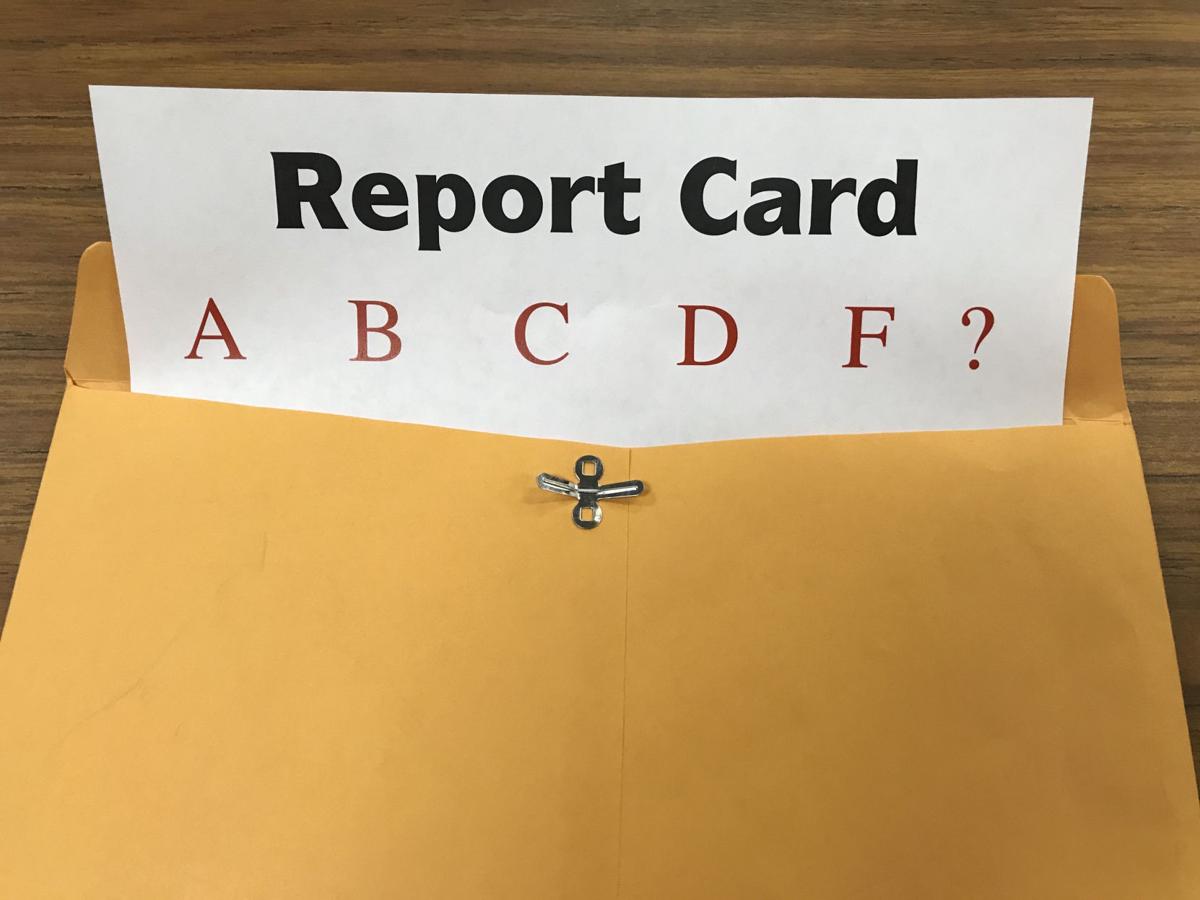 Children know when something isn’t working for them but they may not have the words available to explain why. Younger children especially may know they are unhappy but not have an emotional understanding to know what is causing the problem. Another group of children may not know the educational system isn’t working because they have nothing to compare what a working system looks like for them.
Children know when something isn’t working for them but they may not have the words available to explain why. Younger children especially may know they are unhappy but not have an emotional understanding to know what is causing the problem. Another group of children may not know the educational system isn’t working because they have nothing to compare what a working system looks like for them.
Have you noticed any of the following traits in your child?
1. Fighting to stay home.
2. Frequent headaches or stomach aches.
3. Leaves for school in a good mood but often comes home in a sour mood.
4. Brings periodic reports stating they aren’t trying.
5. Complaining they are bored.
6. You get frequent disciplinary reports.
7. Your child can’t tell you what they learned in school that day.
8. Your child asks to be homeschooled.
9. The natural joy of learning and curiosity seems to have disappeared.
10. Your child changes the subject whenever you mention school.
11. Your child makes frequent remarks such as “I’m stupid.”
12. Your child doesn’t seem to have any friends.
13. Your child is the class clown.
Any of these indicators can happen at one point throughout the school years, but for most students they are fleeting. What you need to look for is a pattern.
Children Most Likely to Need Alternatives
Any child can find the traditional school system challenging. Large classrooms, a basic teaching style that caters best to auditory learners, or even a personality clash between student and teacher can all lead to problems. A child who works better alone or in small groups will feel lost in a large classroom. A child that learns best by touch or visually may not be able to fully comprehend a lecture-type teaching style. Some groups of children, however, are at a higher risk of being left out and not learn to their potential.
1. Gifted Students. Gifted children often face two challenges in traditional school settings. The first is that they become bored. It is difficult for a teacher to continue keeping one or two students challenged when the rest of the class is on schedule.
2. Only Children. This group has spent years before school associating mainly with adults. They are often ahead of their classmates intellectually, consider themselves on the same level as adults, used to making their own decisions, and unskilled in interacting with children their own age.
3. Bullied Children. When a child feels that every minute they need to be on guard against bullying they don’t feel safe. A child who feels unsafe can’t fully concentrate on learning. Many children who are on the LGBTQ spectrum or have some kind of emotional disability make frequent targets for bullies.
4. Slower Learners. This one is self-explanatory. A child who takes more time to process information is going to get lost and fall behind.
5. Those With attention/hyperactivity issues. These children need an environment where they have little distraction, quiet, and periodic chances to move around. This is not a normal part of the traditional school system.
6. Those on the Autism Spectrum. These children may have issues with sensory processing, causing sensory overload. They may be super-focused on only one topic, unable to understand the normal social constraints that need to be followed in a classroom setting, and have difficulty with social interactions with peers.
7. Children in Special Education Classes. Having a child in a class for academic or emotional support may seem ideal, but it puts many of these kids at a disadvantage. Schools are no longer allowed to hold a child in special classes back if they aren’t learning.
I Think My Child Needs a Change
If you see your child in any of the above or have a belief that they could benefit from a different environment than they are currently in, there are a few alternatives you can look into that may be a better fit. The first thing you should do is try talking with the school to see if you can pinpoint the exact problem if it isn’t readily apparent. By doing this, you can gain better insight into what needs to be different for your child. Once that is done, look into one, or a combination of, these alternative schooling choices.
Excerpted from “How to Determine if Traditional Education Isn’t Working for Your Child” in Education Corner. Read the full post online.
Source: Education Corner | How to Determine if Traditional Education Isn’t Working for Your Child, https://www.educationcorner.com/traditional-education-not-working-child.html | Copyright 2022 Educationcorner.com
If you have concerns about your child or teen, CHC Care Coordinators can arrange a free 30-minute consultation so you can explore options with an expert. We invite you to call or email us at 650.688.3625 or careteam@stage.chconline.org to set up an initial Parent Consultation appointment. CHC teletherapy services are available now.




